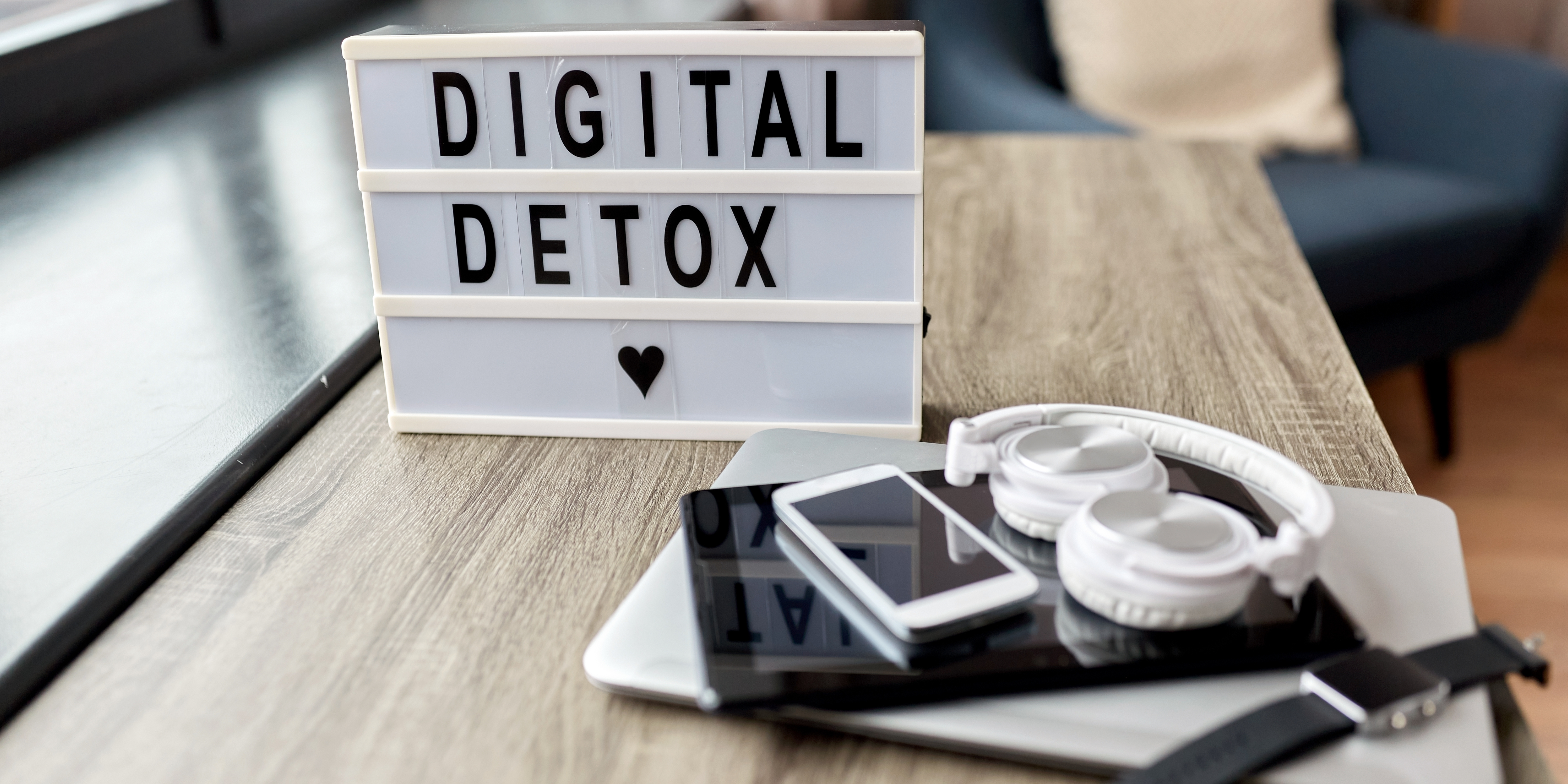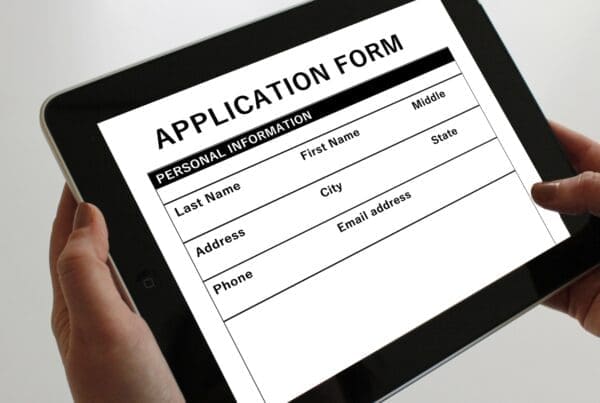In an era where social media has become more captivating than traditional television, the statistics are alarming – spending nearly 7 hours on Instagram for 16–24-year-olds and up to 6 hours a day on various platforms for adults. The question arises: Is it time for a digital detox, and how can you achieve it?
The Impact of Screen Time: Beyond the sheer time spent on screens, our digital obsessions have invaded both our personal and professional lives, contributing to health issues such as ‘text neck’ and Carpal Tunnel Syndrome. It’s clear that a recalibration is in order, prompting the emergence of the term ‘digital detox’.
Digital Detox Tips: Breaking free from the clutches of constant screen engagement requires a strategic approach. Here are seven practical tips to help you reduce screen reliance and embark on a digital detox journey:
- Keep Your Phone Away: Create physical distance between yourself and your device. Leave your phone in another room when settling down to watch TV or spend time with friends. Switching your phone to silent mode enhances the effectiveness of this strategy.
- Disconnect from Work Emails: The temptation to constantly check work emails on personal devices can affect overall job satisfaction and contribute to feelings of overwork. Disconnect your work email from your personal device.
- Activate ‘Do Not Disturb’ Mode: Use the ‘do not disturb’ (DND) mode on your smartphone. This blocks notifications, texts, and calls, providing focused periods throughout the day. Schedule nightly DND for undisturbed sleep.
- Turn Off Push Notifications: Combat the fear of missing out (FOMO) by turning off push notifications. This prevents the constant urge to check messages, promoting a more intentional approach to device use.
- Remove Distracting Apps: Uninstall social media accounts, emails, and apps that sidetrack you. Cutting these distractions can significantly reduce your screen time, especially when browsing on the go.
- Integrate Digital Detox Apps: Counterintuitive as it may sound, apps like Space and Freedom are designed to change usage behaviour. They allow you to block distracting websites, fostering a healthier relationship with your digital devices.
- Hand Over Your Phone: At the extreme end of the digital detox spectrum, consider temporarily giving your phone to someone else. Some workplaces have implemented this approach to improve productivity, and in certain cases, employers, and schools’ confiscate phones at the start of the day.
A digital detox is not about complete abandonment but rather a conscious effort to regain control over screen time. Implementing these tips can lead to a more balanced and intentional use of digital devices, allowing you to reconnect with real-life experiences and relationships.
Not confined to our free time, unhealthy habits have also spilled over into our professional lives, with even our working hours being interrupted by our screen obsession, check your phone usage time log, you’d be surprised. Excessive device checking has led to the buzz phrase ‘digital detox’ and given our screen consumption, it’s a practice that has never been timelier.





